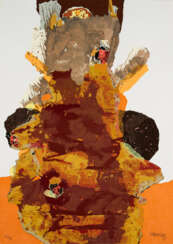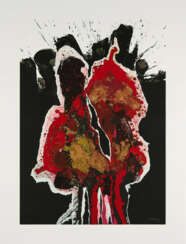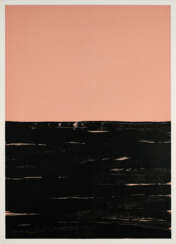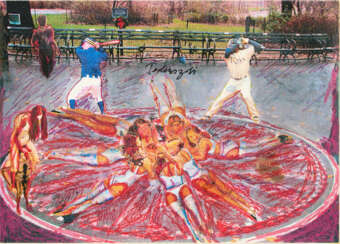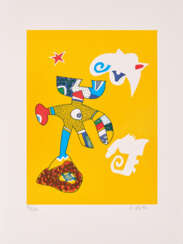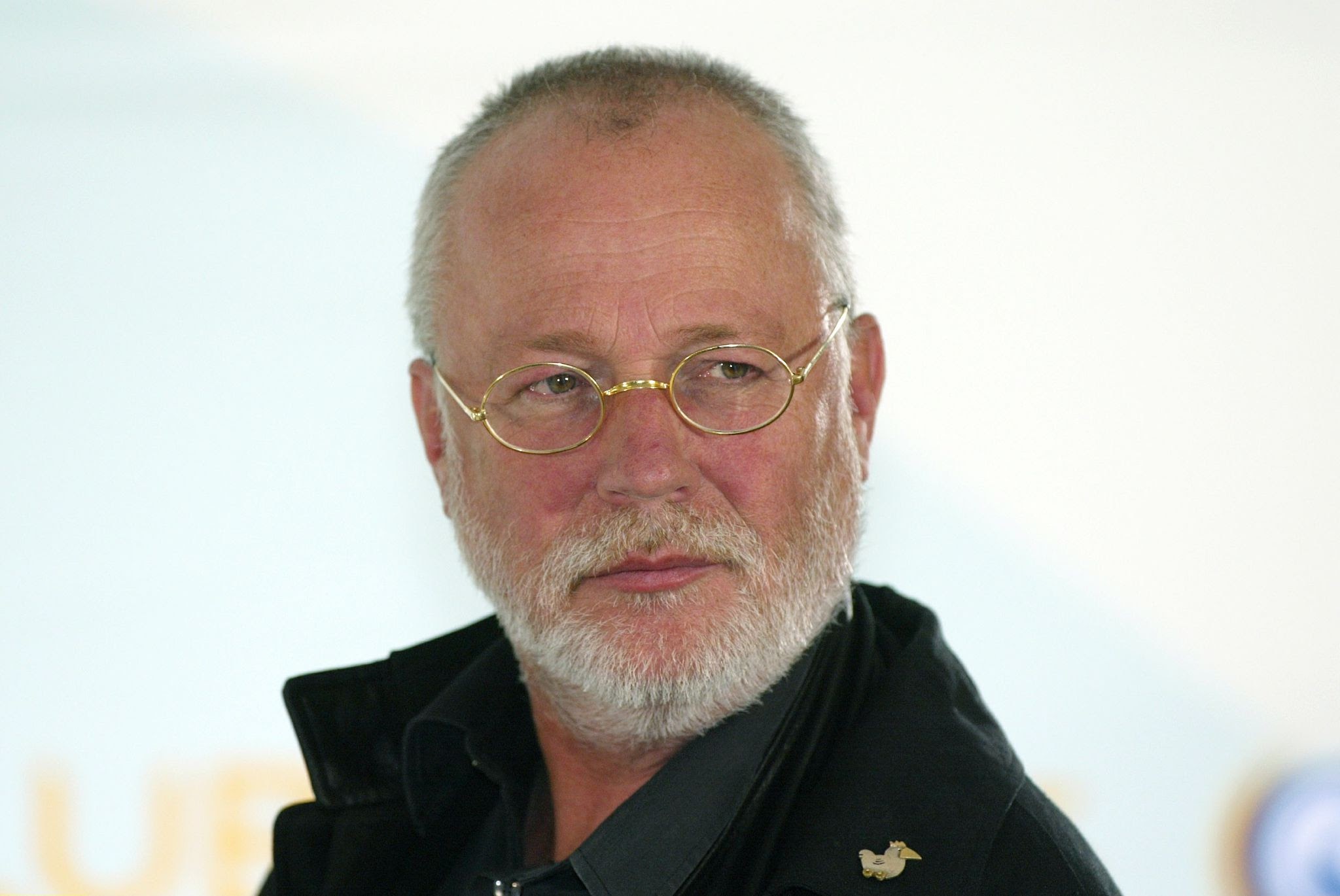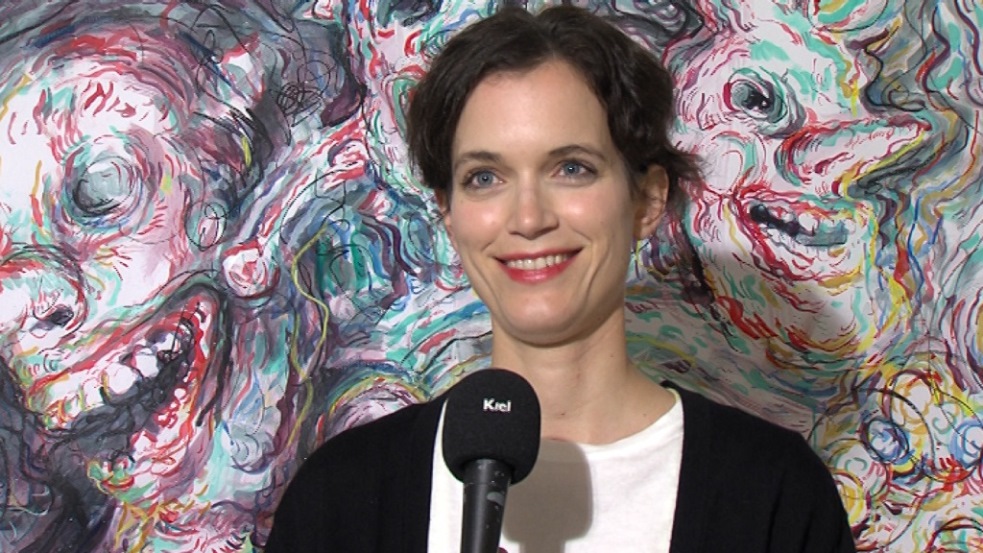Prints — Auction price
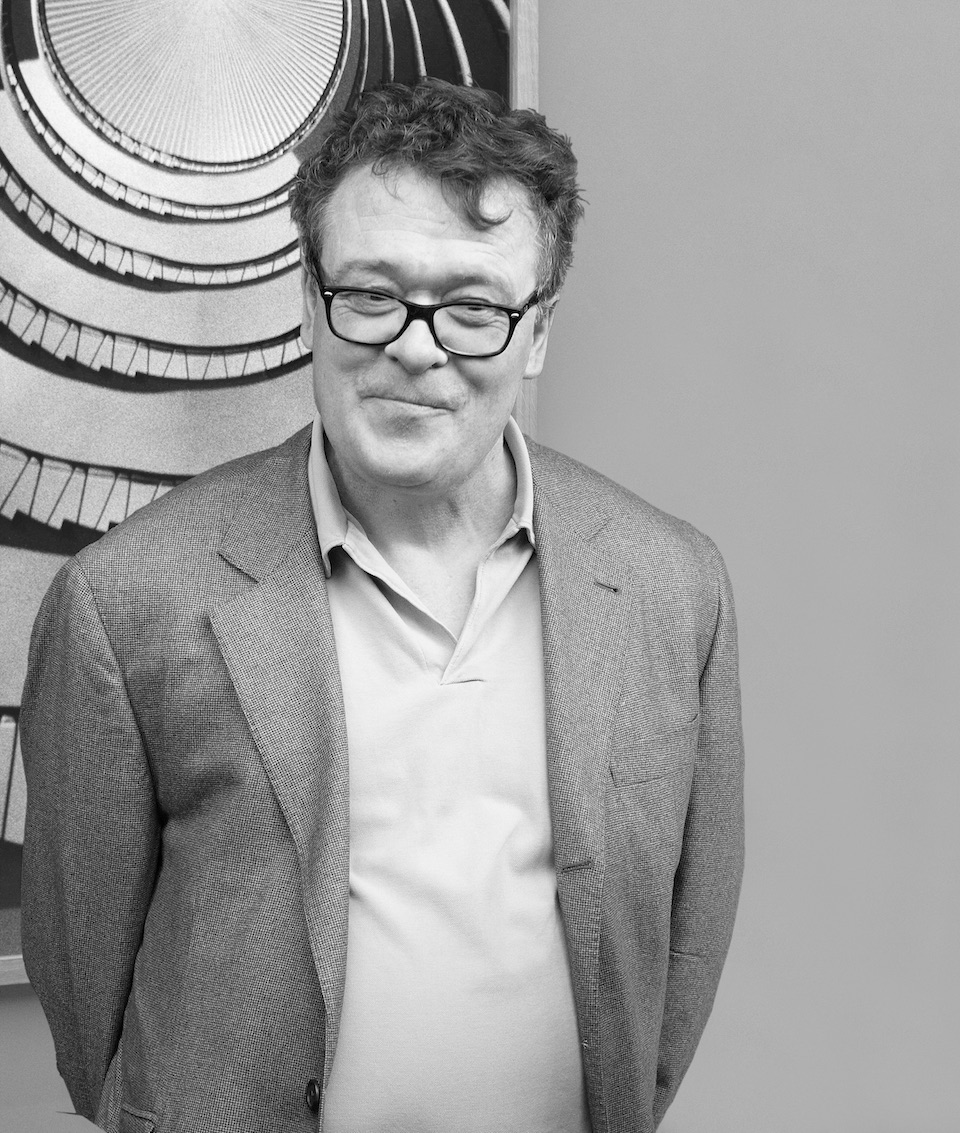
Günther Förg was a German painter, graphic designer, sculptor and photographer. His abstract style was influenced by American abstract painting.
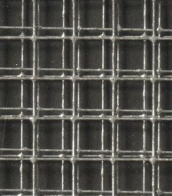
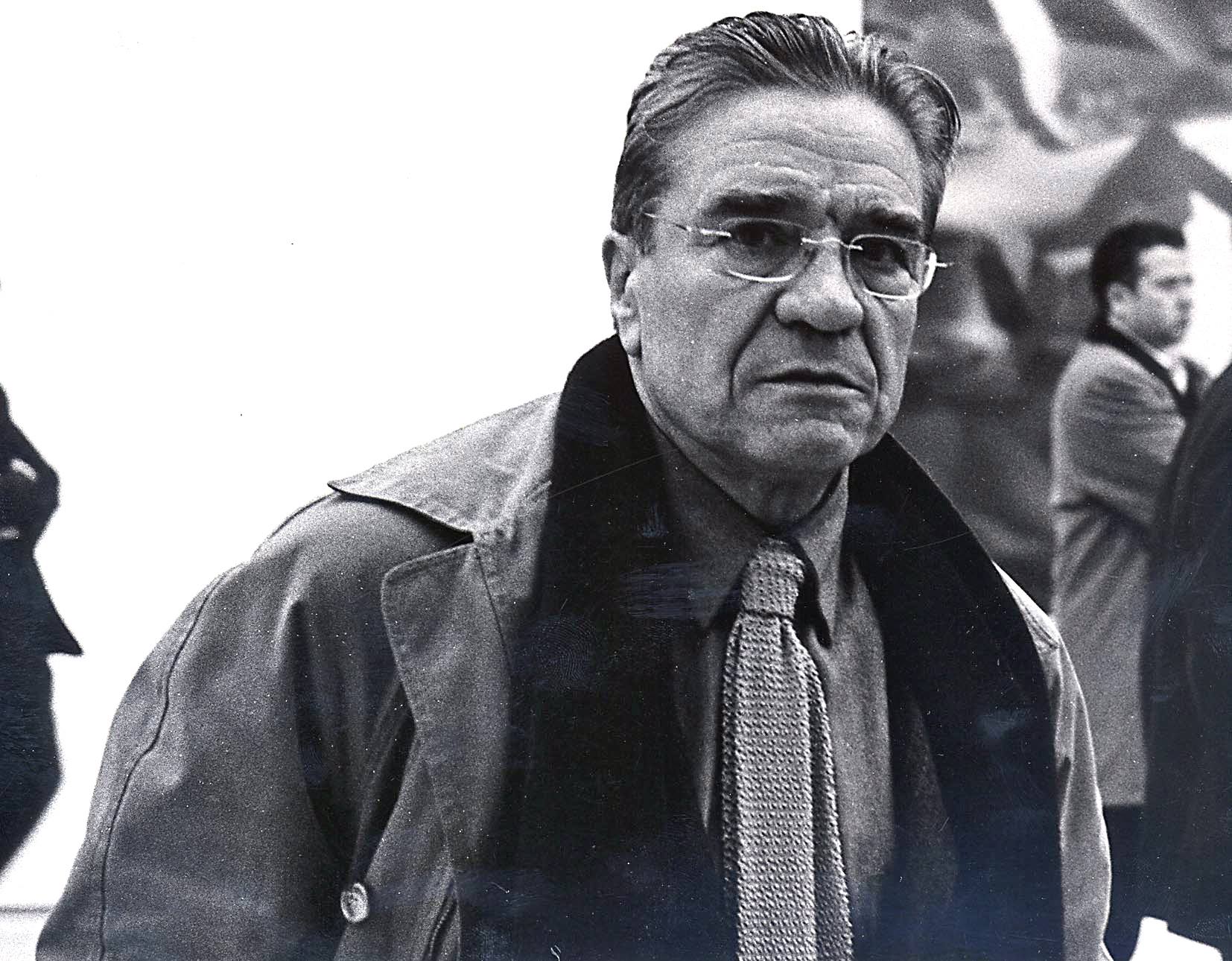
Norbert Tadeusz was a German artist and well-known representational painter of the present day.

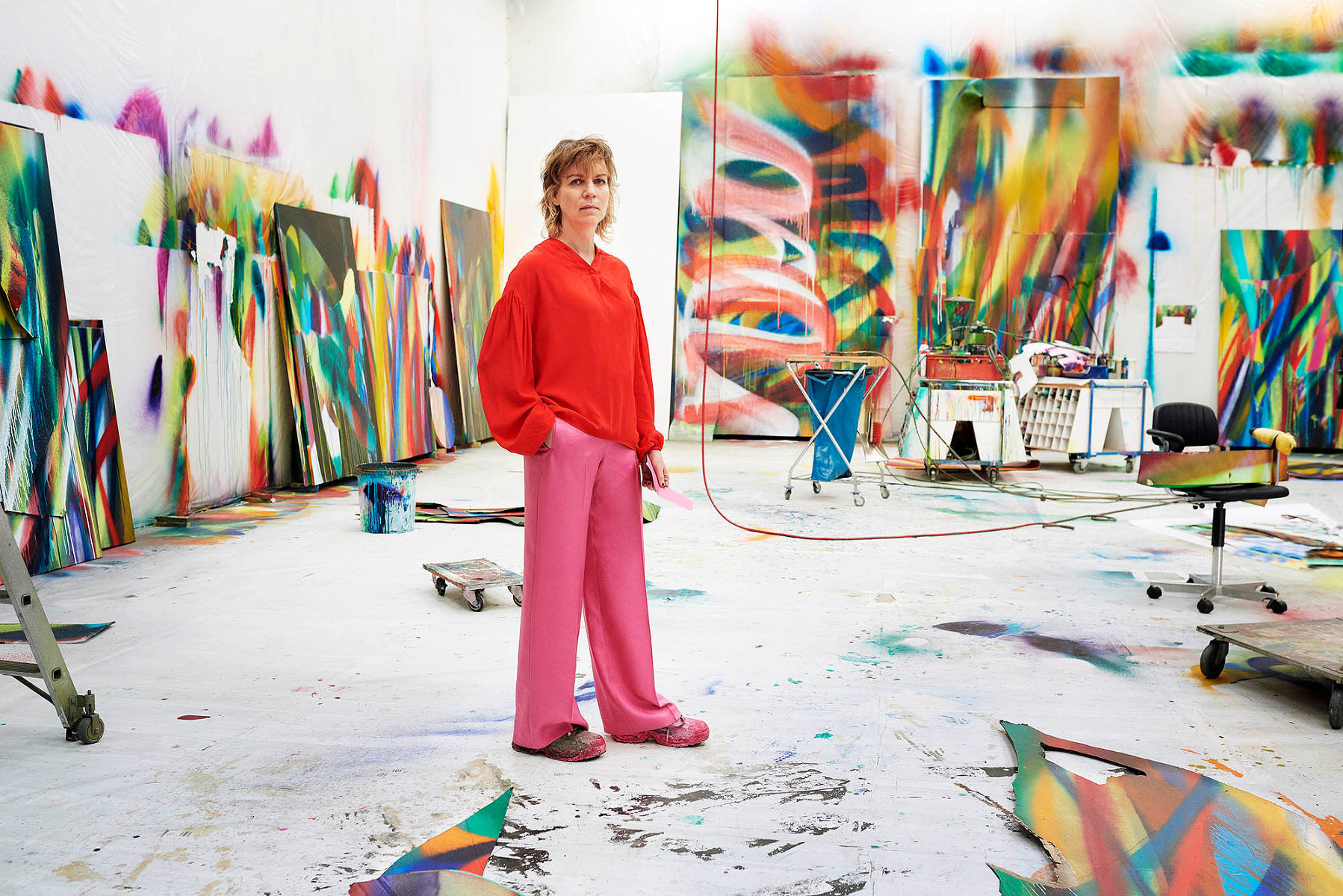
Katharina Grosse is a German artist. As an artist, Grosse's work employs a use of architecture, sculpture and painting. She is known for her large-scale, site-related installations to create immersive visual experiences. She has been using an industrial paint-sprayer to apply prismatic swaths of color to a variety of surfaces since the late 1990s, and often uses bright, unmixed sprayed-on acrylic paints to create both large-scale sculptural elements and smaller wall works.


Martin Noel is a contemporary German painter and graphic artist.


Martin Noel is a contemporary German painter and graphic artist.


Martin Noel is a contemporary German painter and graphic artist.


Martin Noel is a contemporary German painter and graphic artist.


Martin Noel is a contemporary German painter and graphic artist.


Martin Noel is a contemporary German painter and graphic artist.


Martin Noel is a contemporary German painter and graphic artist.


Martin Noel is a contemporary German painter and graphic artist.

